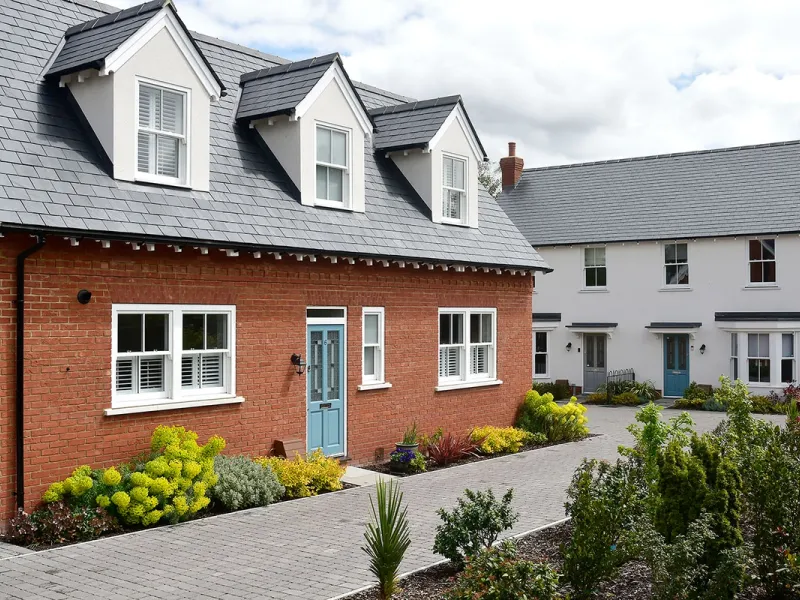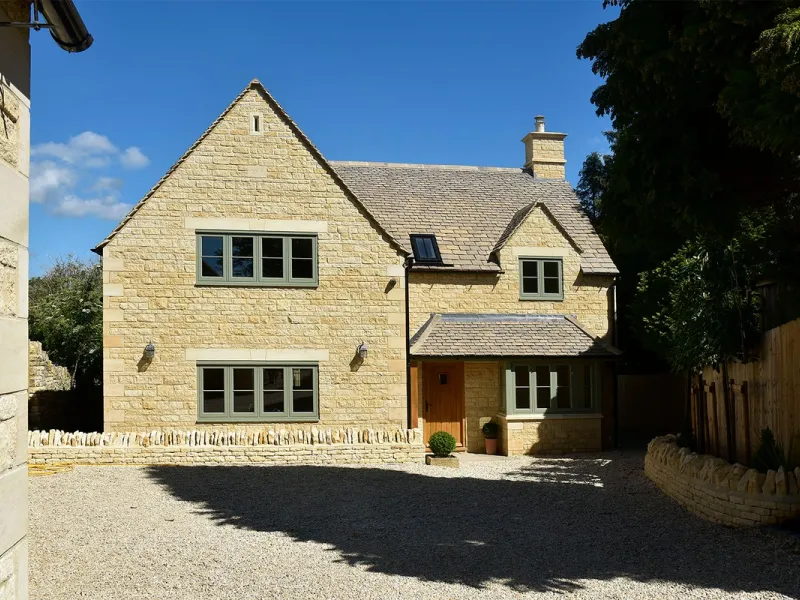Julie's Restaurant launch
Reimagining a Notting Hill Icon
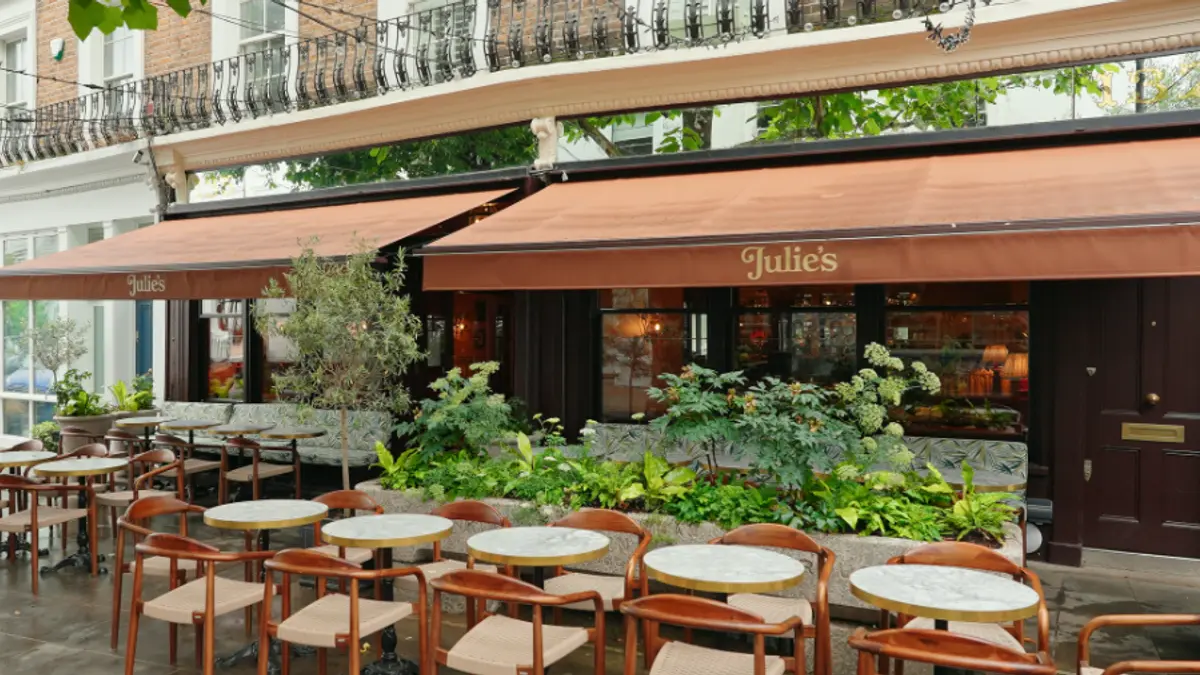
Project Overview
This project involved the design and manufacture of six bespoke timber sash windows to replace the original units adorning the façade of Julie’s Restaurant, a legendary Notting Hill landmark. The brief required a careful balance between heritage restoration and modern craftsmanship, ensuring the new windows honoured the building’s iconic character while delivering enhanced performance, security, and longevity.
Design & Craftsmanship
Each sash window was individually designed and handcrafted, taking inspiration from the restaurant’s original architectural detailing. The windows feature a dual paint finish—a harmonious blend of rich historic browns and timeless deep reds—that complements the building’s distinctive façade and evokes its bohemian heritage.
To enhance authenticity, traditional oil-rubbed bronze ironmongery and Lamb’s Tongue profiles were selected, bringing subtle sophistication and period accuracy to the finished design.
Materials & Performance
The windows were constructed using a combination of Red Grandis and Sapele hardwoods, chosen for their exceptional strength, stability, and resistance to the elements. These sustainable timbers not only ensure the windows’ durability and security, but also provide a refined, tactile finish that echoes the craftsmanship of the building’s original joinery.
Historical Context
Originally opened in 1969, Julie’s was the brainchild of Julie Hodgess, a designer celebrated for her work with the iconic fashion brand BIBA. The restaurant quickly became a creative hub for London’s cultural elite, attracting the likes of Mick Jagger and Princess Diana in the 1980s. In 2015, the venue made headlines when Tina Turner famously danced atop its £25,000 dining table—later stolen in a burglary—adding another chapter to its colourful history.
Reimagining a Notting Hill Icon
Now under the ownership of Tara MacBain, a long-time Holland Park resident, Julie’s underwent a stunning transformation before reopening in 2024 as a French brasserie. The reimagined space includes an elegant dining room, bar, basement lounge, and alfresco terrace, all designed to celebrate the restaurant’s unique blend of heritage, culture, and contemporary style.
The newly installed timber sash windows play a central role in this revival—framing the building’s story with authenticity, elegance, and enduring craftsmanship.
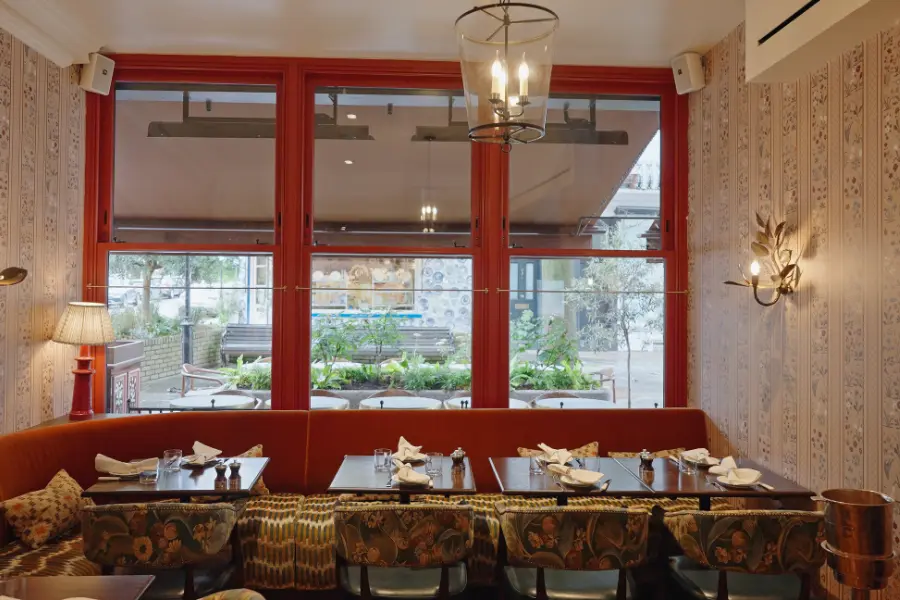
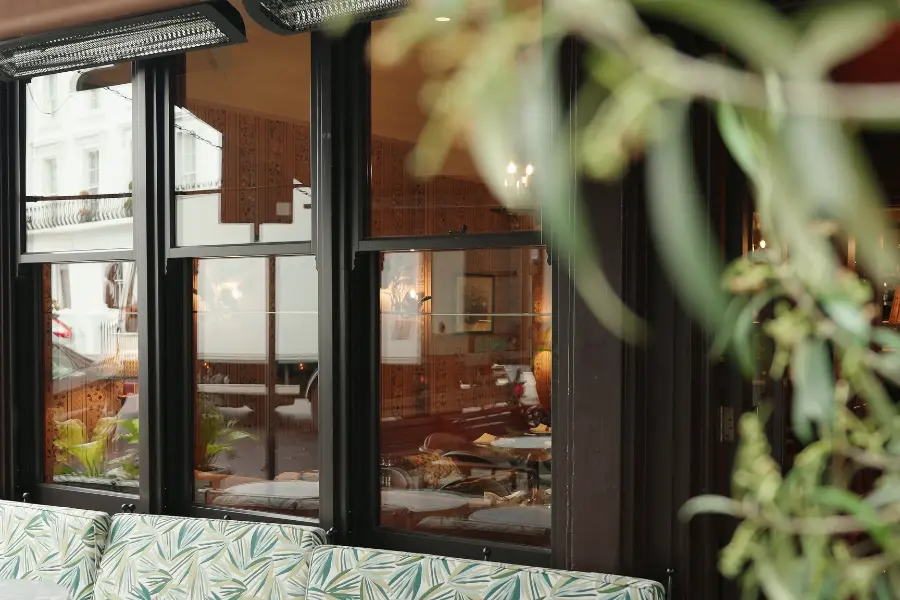
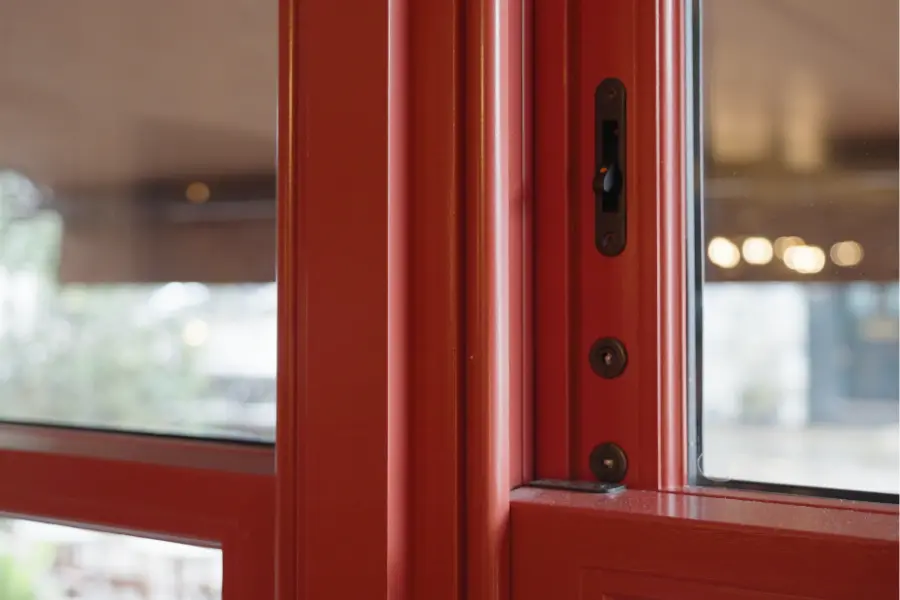
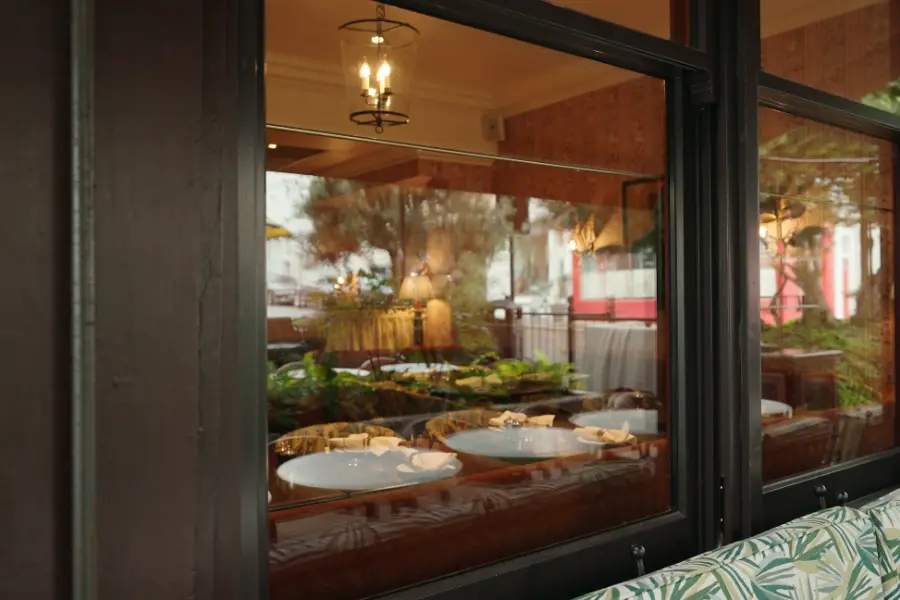
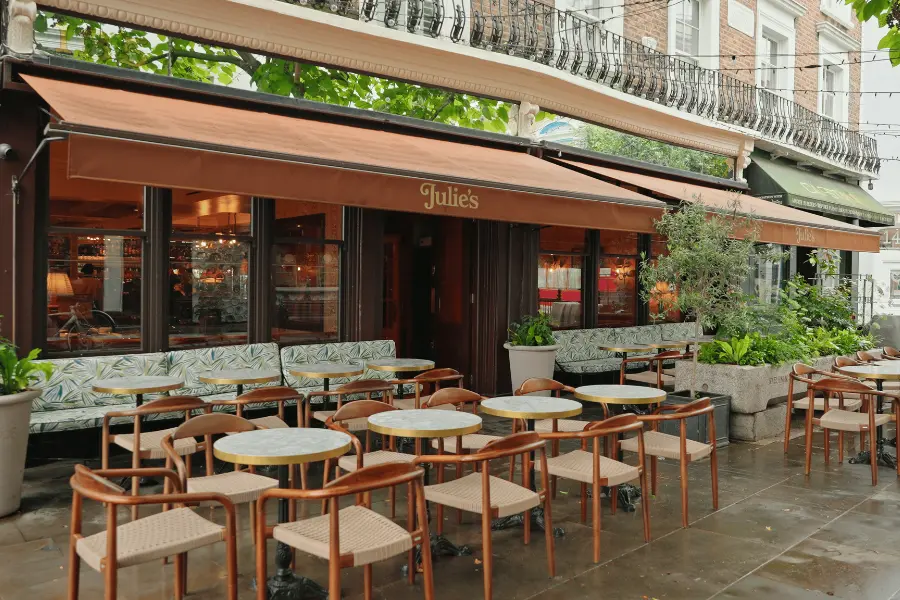
Other Case Studies


